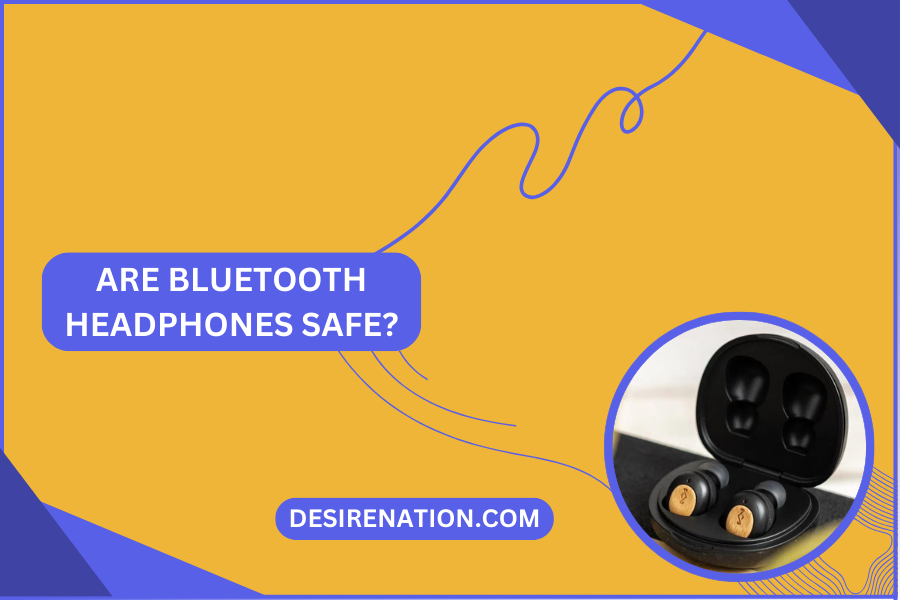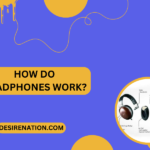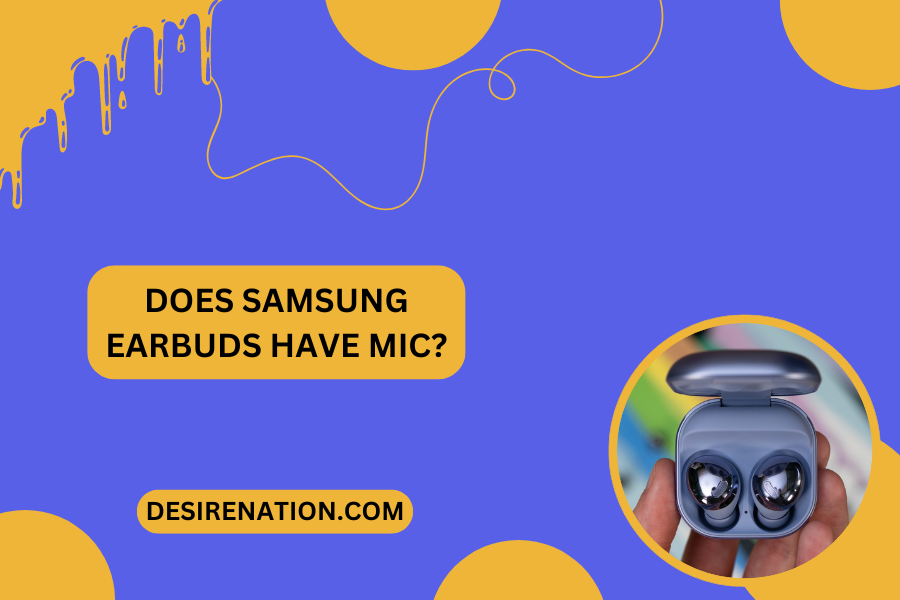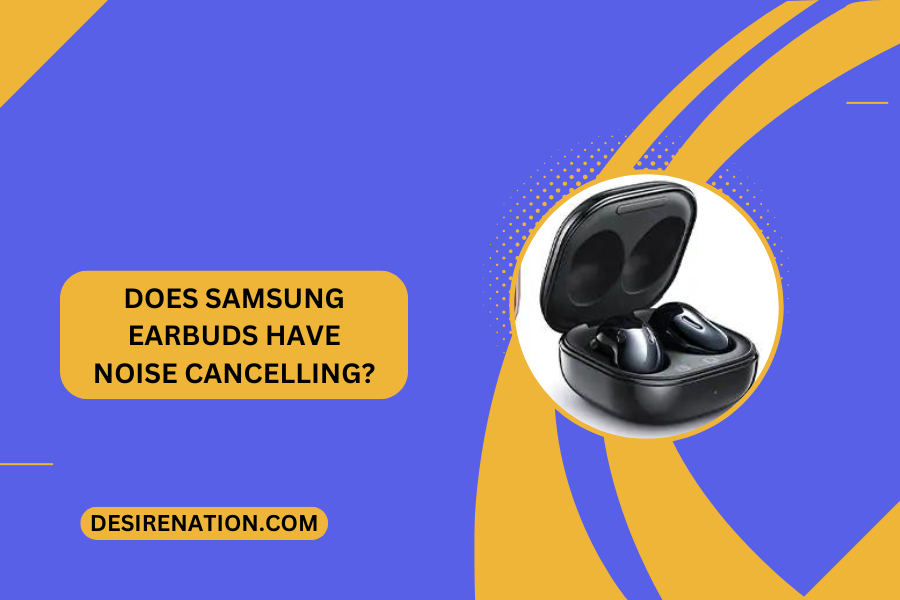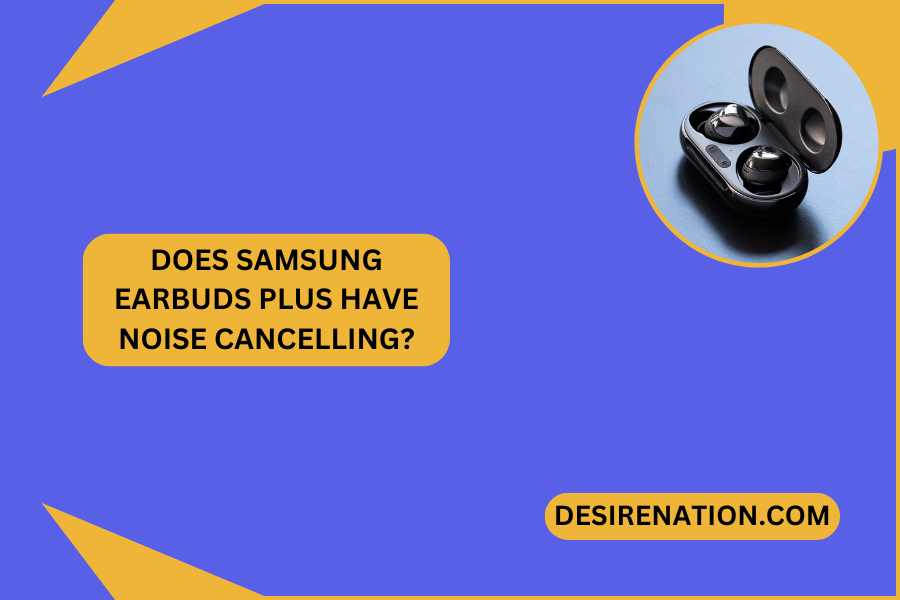Bluetooth headphones have revolutionized the way we consume audio, offering a wireless and convenient listening experience. As this technology has become increasingly prevalent, concerns have arisen about the potential health implications of prolonged exposure to Bluetooth signals. In this article, we’ll explore the safety aspects of Bluetooth headphones, addressing common questions and providing insights into whether these wireless accessories pose any risks.
1. Type of Radiation:
Bluetooth headphones use radiofrequency (RF) radiation to transmit signals wirelessly. It’s essential to differentiate between ionizing and non-ionizing radiation. Bluetooth falls into the non-ionizing category, which lacks the energy to cause cellular damage. This type of radiation is generally considered safe for everyday use.
2. Bluetooth Safety Standards:
Regulatory bodies, such as the Federal Communications Commission (FCC) in the United States, set safety standards for electronic devices, including Bluetooth headphones. Manufacturers must adhere to these standards to ensure that the emitted radiation levels are within safe limits for users.
3. Specific Absorption Rate (SAR):
The Specific Absorption Rate (SAR) measures the amount of RF energy absorbed by the body when using a wireless device. Bluetooth headphones must comply with SAR limits to minimize potential health risks. It’s important to note that Bluetooth devices typically have lower SAR values compared to other wireless devices like smartphones.
4. Low Power Levels:
Bluetooth headphones operate at relatively low power levels. The short-range nature of Bluetooth technology means that the exposure to RF radiation is minimal compared to devices with higher transmission power, such as cell phones.
5. Distance Matters:
The intensity of RF radiation decreases with distance. Keeping a reasonable distance between Bluetooth headphones and your body helps minimize exposure. Avoid extended periods of close contact, especially when not actively using the headphones.
6. Individual Sensitivities:
While scientific research has not conclusively shown adverse health effects from Bluetooth radiation at typical exposure levels, individuals may have different sensitivities. Some people may experience discomfort or electromagnetic hypersensitivity, a condition characterized by a heightened sensitivity to electromagnetic fields.
7. Hearing Health:
Concerns about the potential health impact of Bluetooth headphones should not overshadow other considerations, such as maintaining safe listening volumes. Prolonged exposure to high-volume levels, regardless of the wireless technology used, can contribute to hearing damage.
8. Considerations for Children:
Children’s developing bodies may be more sensitive to environmental factors. While Bluetooth headphones are generally considered safe for children, parents may choose to limit their usage and prioritize wired headphones for younger users.
Conclusion:
As of the current state of scientific understanding, Bluetooth headphones are considered safe for typical use within established regulatory guidelines. The low power levels, compliance with safety standards, and short-range nature of Bluetooth technology contribute to the overall safety profile. However, individual sensitivities and concerns should be acknowledged, and users can take practical measures, such as maintaining reasonable distances and avoiding prolonged, close contact.
It’s crucial to stay informed about any advancements in research and technology, as ongoing studies contribute to a comprehensive understanding of the potential health impacts of wireless devices. As with any technology, moderation, and awareness of personal comfort levels play key roles in ensuring a safe and enjoyable experience with Bluetooth headphones.
You Might Also Like These:
How Good Are Sennheiser Headphones?






